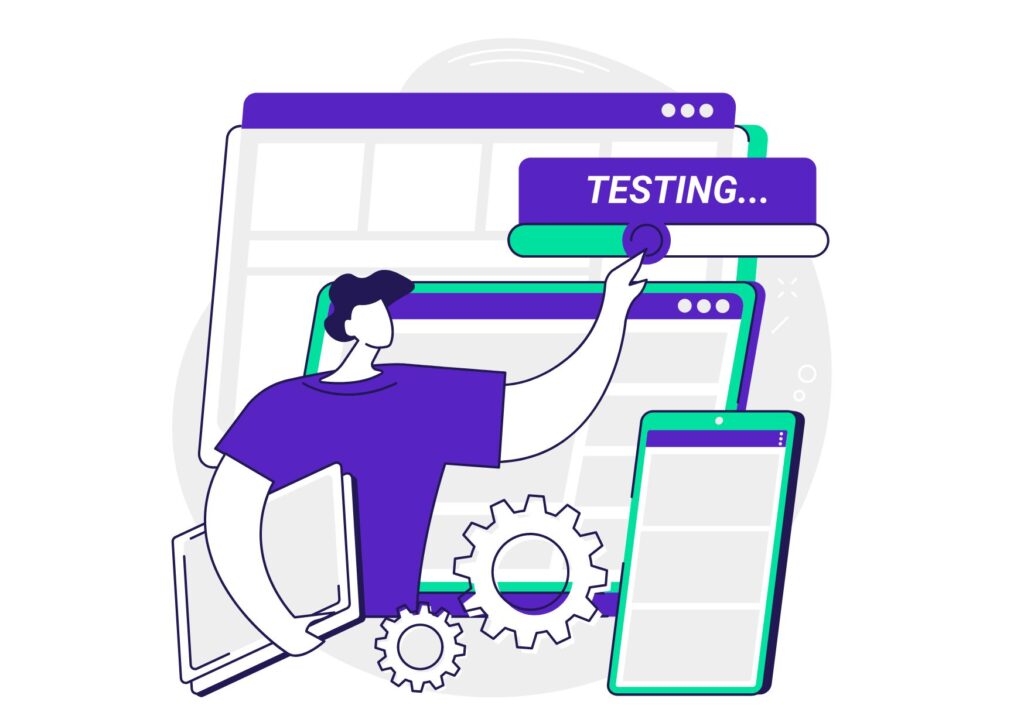In today’s dynamic business world, having an effective website is crucial for grabbing customers’ attention and maintaining competitiveness. One of the key aspects of building an efficient website is understanding how users perceive it and how easily they navigate through it. In this context, usability testing becomes an incredibly valuable tool for optimizing the user experience.

Why usability testing matters?
Understanding the user’s perspective
Usability tests provide direct insights into how potential customers interact with your website. They help you better understand the user’s perspective and tailor the site to their needs.
Identifying issues
Usability tests allow you to detect potential issues of which users might be unaware. These often include navigation problems, form difficulties, or overall content readability.
Conversion optimization
By analyzing usability tests, you can identify areas that need improvement, leading to increased website efficiency in terms of conversions and achieving business goals.
Conducting usability tests
Defining goals
Before conducting tests, it’s essential to define the goals you want to achieve. Whether it’s improving navigation, increasing time spent on the site, or optimizing the purchase process.
Selecting test participants
It’s crucial that the test group represents your website’s target users. This ensures more reliable results that reflect actual user experiences.
Preparing scenarios
Developing specific scenarios for participants to navigate allows you to collect information related to key aspects of website usage.
Utilizing user feedback for website improvement
Analyzing user feedback
Comments and opinions from users are invaluable sources of information. Thoroughly analyzing them helps identify the website’s strengths and areas that need improvement.
Iterative enhancement
The process of improving the website should be iterative. Based on test results and user feedback, implement gradual enhancements, retest them, and adjust according to the responses.
Monitoring analytics
Continuous monitoring of web analytics allows the evaluation of the effectiveness of implemented changes and further refinement of the site in response to evolving user needs.
Conclusion
Usability testing is not just a tool for identifying current issues; it’s a strategy for continuous improvement. By incorporating user feedback and conducting regular tests, you can create websites that not only capture attention but also deliver exceptional user experiences, positioning your company at the forefront of modern web solutions.
Let’s Build Something Great
Ready to discuss your project or potential partnership?

